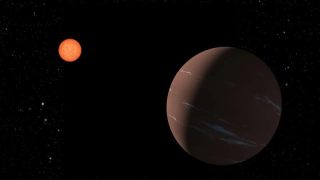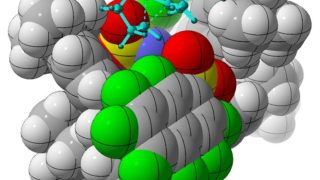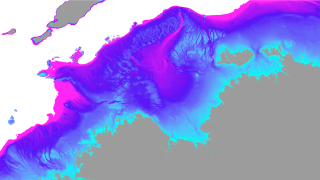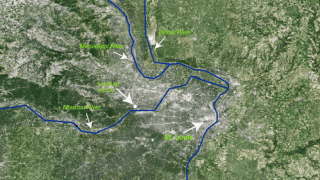
MI weekly selection #546
Iceland volcano’s magma hits unprecedented speed Magma underneath Iceland’s Reykjanes peninsula flows at an “ultra-rapid” 7,400 cubic meters per second, and the same magma river likely caused Thursday’s eruption. The unprecedented speed indicates the role of not only pressure but also tectonic stress and ground fracturing in a volcano’s likelihood to erupt, says Sigrun Hreinsdottir […]








